Tips For Deleting Windows Detected ALUREON Attack Pop-up from Chrome
Windows Detected ALUREON Attack Pop-up causes following error 0x80247002 WU_E_OL_NEWCLIENT_REQUIRED An operation could not be completed because the scan package requires a greater version of the Windows Update Agent., 0x00000047, 0x8024800C WU_E_DS_LOCKTIMEOUTEXPIRED The data store section could not be locked within the allotted time., 0x8024002F WU_E_CALL_CANCELLED_BY_POLICY Operation did not complete because the DisableWindowsUpdateAccess policy was set., 0x80240027 WU_E_URL_TOO_LONG The URL exceeded the maximum length., 0x0000007E, 0x00000015, 0x000000DE, 0x00000067, Error 0x80240020, 0x8024000B WU_E_CALL_CANCELLED Operation was cancelled., 0x80240005 WU_E_RANGEOVERLAP The update handler requested a byte range overlapping a previously requested range., 0x80244009 WU_E_PT_SOAPCLIENT_READ Same as SOAPCLIENT_READ_ERROR - SOAP client failed while reading the response from the server., 0x80244024 WU_E_PT_HTTP_STATUS_VERSION_NOT_SUP Same as HTTP status 505 - the server does not support the HTTP protocol version used for the request.Clear Away Windows Detected ALUREON Attack Pop-up Assistance For
A threat like Windows Detected ALUREON Attack Pop-up damage the whole Windows System and make other install program unresponsive. This threat is very risky for the all Windows version including the newly released Windows 10 Windows System. The malicious mind behind the creation of this Windows Detected ALUREON Attack Pop-up threat is used to hamper more and to steal useful resource from the infected Windows System. On every web browser there is option to save password, this is done for the user convenience. The hacker will attack on those web browser, mainly on the default one to collect those saved password. It can be off your social account, email, or even on banks.
Which is the reason you must Uninstall Windows Detected ALUREON Attack Pop-up virus from your infected Windows System. Moreover this threat will compromise the security program of the infected Windows System, which allow other harmful threat to enter. As the Windows System is already infected with Windows Detected ALUREON Attack Pop-up, therefore the other threat will surely damage all the functionality of your Windows System. Which is why you must need to Uninstall it.
Step 1 : Uninstall Windows Detected ALUREON Attack Pop-up From Web Browser
Step 2 : Reset Your Browser Settings To Uninstall Windows Detected ALUREON Attack Pop-up
Step 3 : Uninstall Windows Detected ALUREON Attack Pop-up From Task Manager
Step 4 : Uninstall Windows Detected ALUREON Attack Pop-up From Registry Editor
Step 5 : Uninstall Windows Detected ALUREON Attack Pop-up Through Control Panel
Step 6 : Start Your PC in Safe Mode With Networking To Uninstall Windows Detected ALUREON Attack Pop-up
Step 1 : Uninstall Windows Detected ALUREON Attack Pop-up From Web Browser
Uninstall From Google Chrome
- To open Menu click on 3 Horizontal icon top right corner of Chrome Browser.
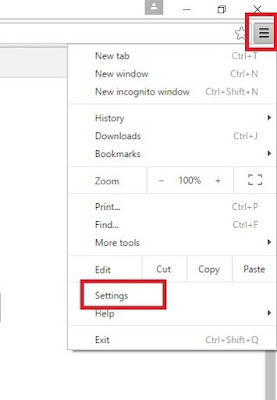
- A drop Down list will open >> select the Settings/ Extension option.
- If Settings panel get open >> then click on Extension Tab.

- If Extension Windows will be open select the malicious extension from the list.
- Then finally click Trash / Recycle icon to Uninstall Windows Detected ALUREON Attack Pop-up from Google Chrome.
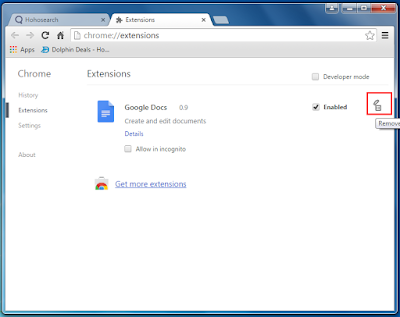
Uninstall From Internet Explorer
- Select the Tools button from Internet Explorer.
- On the Tools section select Manage add-ons.
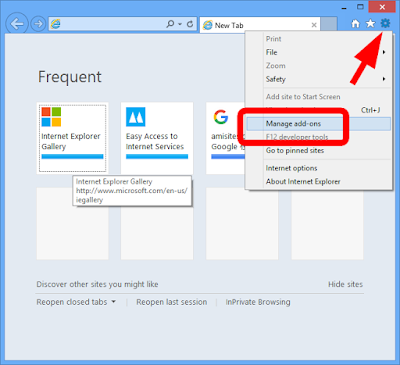
- From the Add-ons list, select the add-on you want to turn off/remove.
- The Select Disable option .
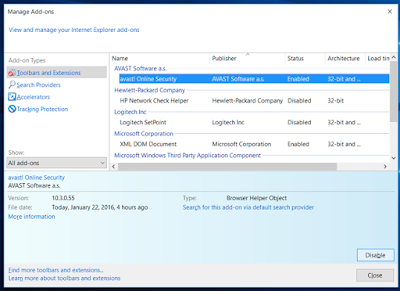
- Now Finally Restart The Internet Explorer to Uninstall Windows Detected ALUREON Attack Pop-up.
Uninstall From Mozilla Firefox
- Click Menu Button then choose Add-ons.
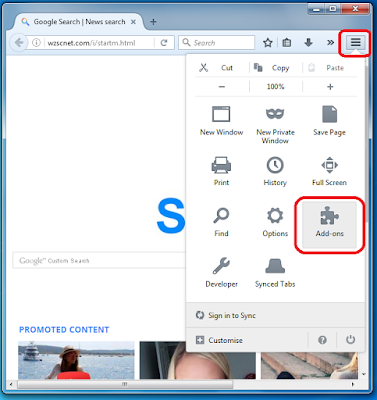
- Now the Add-ons Manager Tab will open.
- Here you need to select the Extensions or Appearance panel.
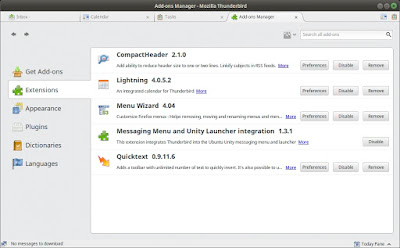
- Then simply select the add-on from list you wish to remove.
- Now click on the Uninstall button.

- Finally Restart the Mozilla Browser to Uninstall Windows Detected ALUREON Attack Pop-up.
Uninstall From Microsoft Edge
- Select More option to open the menu on Microsoft Edge.
- Then select Extensions from the Menu drop down list.
- On the Extension right-click on it to Uninstall.
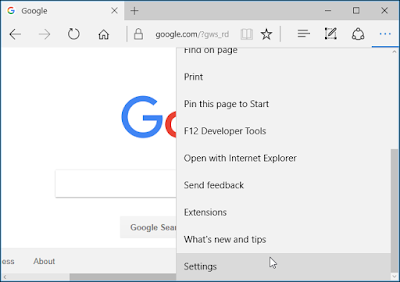
- Now click the Remove button.
- Finally Restart the Microsoft Edge Browser to Uninstall Windows Detected ALUREON Attack Pop-up.
Reset Google Chrome
- Click on Menu from right corner of Chrome Browser.
- A drop list will appear, select Settings from here.

- When Settings panel will appear >> go to search box.
- On Search Box type RESET.
- Click the Reset button when confirmation Pop-up Windows will appear.
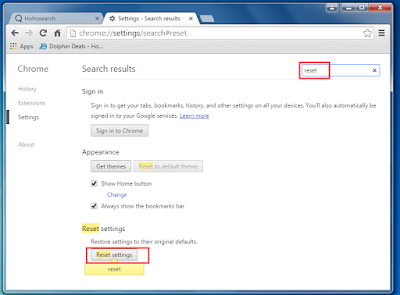
- This will Uninstall Windows Detected ALUREON Attack Pop-up from Google Chrome Browser.
Reset Microsoft Edge
- Click the three horizontal dots to open the Settings menu.
- Then choose Settings option from here.

- Then under Settings section click on Clear Browsing Data.
- Here click on Choose what to clear >> then click Show more.
- Select all and click Clear.
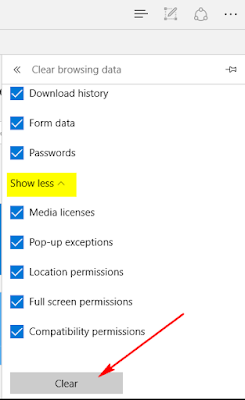
- Restart your Microsoft Edge to Uninstall Windows Detected ALUREON Attack Pop-up.
Reset Internet Explorer
- Click on Tools menu and select Internet Option.
- Click on Advance tab and then hit the Reset button.
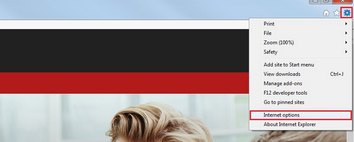
- Find Delete Personal Settings option and press Reset Button.
- Restart your Internet Explorer to Uninstall Windows Detected ALUREON Attack Pop-up.
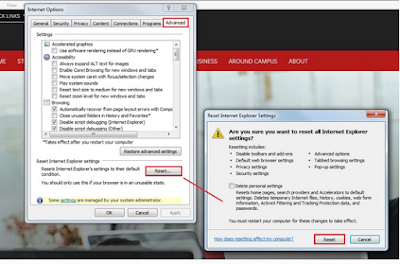
Reset Mozilla Firefox
- On Mozilla Firefox click Menu option and then press Help option.
- Select Troubleshooting Information option.

- On this panel click on Refresh Firefox button.
- Press Refresh Firefox to complete the process.
<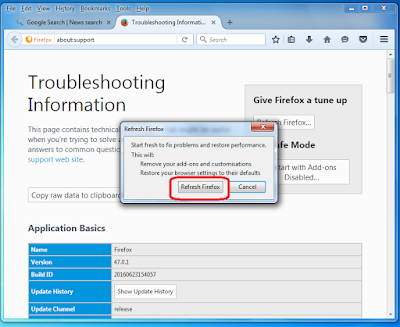

- This will Uninstall Windows Detected ALUREON Attack Pop-up from Mozilla Firefox.
- Right-click on task Bar and select Task Manager.
- Press ALT+Ctrl+Del buttons to open Task Manager.
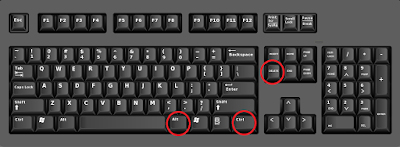
- When Task Manager will open select the Malicious Task.
- From here click on End Task button to Uninstall Windows Detected ALUREON Attack Pop-up.

- Press Win + R keys together to open Run Command.
- Type regedit and click OK or Hit Enter.

- Find and Uninstall all related registry files of Windows Detected ALUREON Attack Pop-up.
- HKEY_LOCAL_MACHINESYSTEMCurrentControlSetServicesWpm
- HKEY_CURRENT_USERSoftwareMicrosoftInternet ExplorerMain “Default_Page_URL”
- HKEY_LOCAL_Machine\Software\Classes\[name]
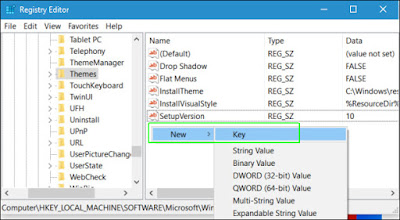
Uninstall Windows Detected ALUREON Attack Pop-up From Windows XP
- Click on Start menu and select Control Panel.
- Now press on Add or Remove programs option.
- Find and Uninstall unwanted program from your PC.
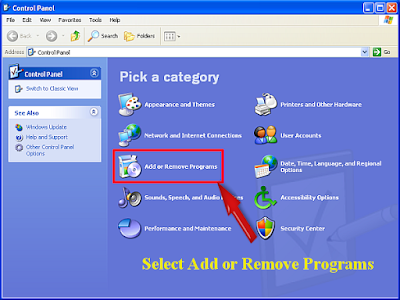
- Then Restart your PC to Uninstall Windows Detected ALUREON Attack Pop-up.
Uninstall Windows Detected ALUREON Attack Pop-up From Windows 10
- Click on Start then select Settings option.
- From Settings section choose System option there.

- The click on Apps and Features option.
- Here select the unwanted program and remove from your PC.

- Restart your PC to Uninstall Windows Detected ALUREON Attack Pop-up.
Uninstall Windows Detected ALUREON Attack Pop-up From Windows 8
- Press Win+R button to open Run Box on your computer.
- Type control panel in Run window and hit Enter button to open Control Panel.
- Click Uninstall a program.
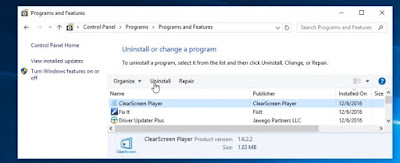
- From this Windows Right-click on Windows Detected ALUREON Attack Pop-up to remove it.
- Restart your PC to Uninstall Windows Detected ALUREON Attack Pop-up.
Uninstall Windows Detected ALUREON Attack Pop-up From Windows 7
- Select Control Panel Option from Start menu.
- Select Uninstall A Programs option from the Programs menu.
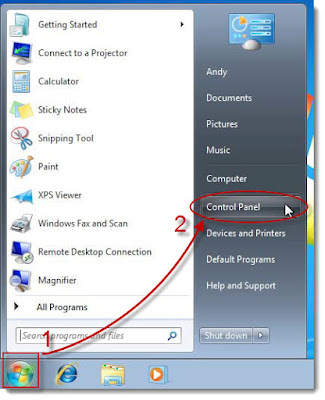
- Finally select and Uninstall unwanted program from your system.
- Then restart your PC to Uninstall Windows Detected ALUREON Attack Pop-up.
Start Windows XP/Vista/7 In Safe Mode To Uninstall Windows Detected ALUREON Attack Pop-up
- To Restart >> Click on Start menu >> select Restart button.
- Continue press F8 button until you don't see the Advance Boot Option.

- On Advance boot menu >> select Safe Mode With Networking Option.
- The press Enter button.

Start Windows 8/10 In Safe Mode To Uninstall Windows Detected ALUREON Attack Pop-up
- To Restart >> Click on Start menu >> press Shift key and the hit Restart button.
- Now as the screen show >> select Troubleshoot option.
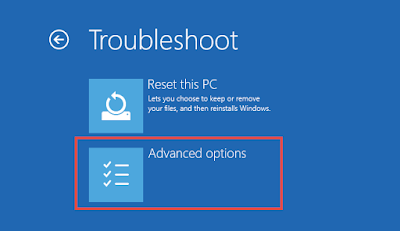
- On the next panel you need to click on Advanced Options.
- The again on new section choose Startup Settings option.

- From here select Enable Safe Mode option and the click Restart button.


No comments:
Post a Comment